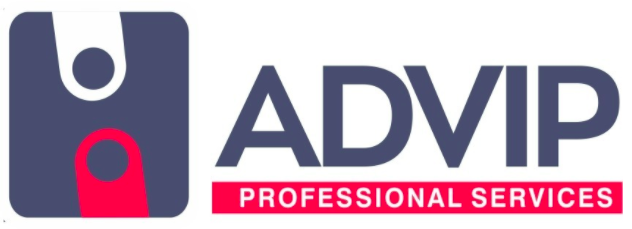Don’t forget this: cash is king!
In the business and investment world, cash is king! What is cash? In the finance world, cash is money that is readily available for use. It may be kept in physical form (i.e., legal tender), digital form, or invested in cash equivalent instruments. Money is important because you cannot make effective demands and settle obligations without it. As a Chief Financial Officer, ensuring optimal cash flow is my primary responsibility.
Cash flow management is the process of understanding and optimizing the amount of money, cash and non-cash, moving into and out of a business. A positive cash flow is more money coming in than going out, and a negative cash flow is less money coming in than the business needs to cover outgoings.
During the pandemic, cash flow was a huge challenge. Due to its limited availability, I had to do weekly cash flow forecasts and monitor the cash conversion cycle closely. To optimize cash flow, I evaluate and control the working capital components to my company’s advantage.
Working capital is the difference between a company’s current assets and its current liabilities. I wrote about the basic elements of financial accounting; you can catch up on that article here. It is calculated by subtracting a company’s current liabilities from its current assets.
Working capital management is the strategy deployed to effectively manage the components of working capital to continually sustain the daily operations of the business. Working management is important to ensure cash availability and improved operational efficiency.
The objective of working capital management is to ensure that a company maintains adequate cash to meet its short-term operating costs and short-term obligations. Excess working capital can be deployed for short-term, return-generating investments.
This ensures profitability and the good financial health of the business. Given that there is an inverse relationship between liquidity and profitability, working capital management strives to achieve a balance since an unprofitable company cannot survive for too long while an illiquid company faces bankruptcy risks.
Working Capital Cycle
The working capital cycle (also known as the cash conversion cycle) of a business is the length of time it takes to convert its working capital to cash. Understanding the working capital cycle of the components of working capital is integral to the effective management of working capital.
Working Capital Cycle = Inventory Days + Receivable Days – Payable Days
Example
A company has a credit policy of 60 days for customers and a payment policy of 90 days for vendors. It takes the company an average of 50 days to sell its inventory. What is the working capital cycle, and what does this mean for the company?
Working capital cycle = 50 + 60 – 90
= 20 days
The working capital cycle is 20 days. This means that the company needs to pay its suppliers from its cash reserves 90 days after inventory is purchased. As it takes the company 50 days to sell its inventory, payment would be due from the customers on the 110th day. That is 20 days after vendors are paid. If the company does not have a buffer of extra cash, the 20-day shortfalls may result in payment defaults to vendors.







